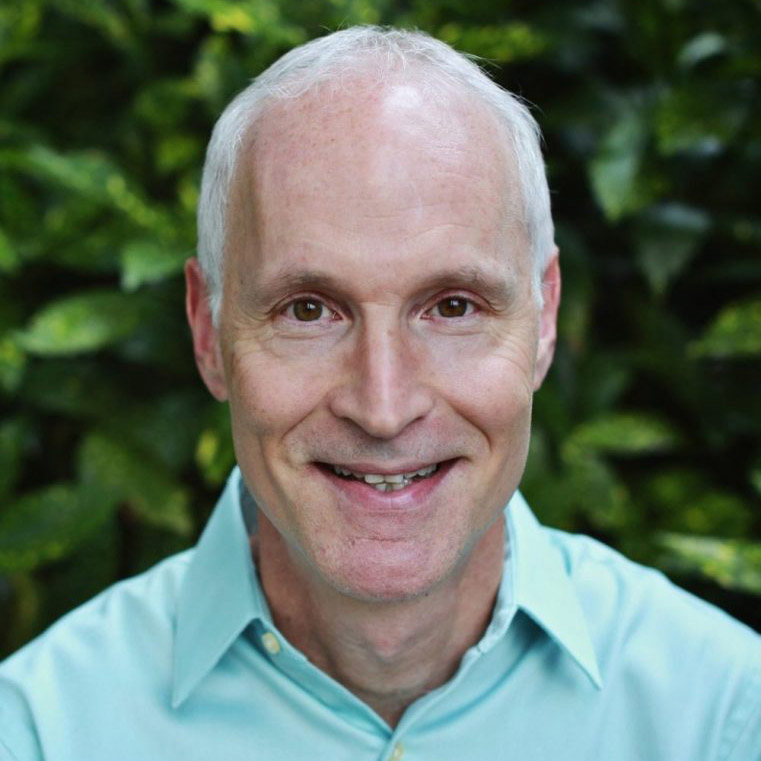Blog Post
‘Tis the Season: Shedding Light on Seasonal Affective Disorder
November 8, 2023
Seasonal affective disorder (SAD), also known as major depressive disorder with a seasonal pattern, is a condition of regularly recurring depressive episodes that most commonly occur in autumn and winter and remit during spring and summer. It is relatively common, with prevalence rates ranging from an estimated 1.5% in south Florida to about 9% in the northern United States. Studies of depressed outpatients in the United States have found that as many as 38% meet criteria for SAD. Studies in Canada and other high-latitude countries, though more limited in number, have concluded that SAD is a significant public health concern, with some studies showing that up to 40% of depressed patients show a significant seasonality; that is, an effect of the seasons on mood. Bouts of autumn–winter depression frequently last several months, can be severe, and, like their non-seasonal counterpart, frequently lead to impaired occupational performance and social functioning, and carry a significant suicide risk.
Despite the relatively high prevalence and morbidity of SAD, this disorder still often goes undiagnosed, in large part because health care professionals do not generally consider a potential seasonal pattern in a patient who presents with depression. Additionally, most patients with SAD report sluggishness, oversleeping, overeating, and weight gain, which can easily be mistaken for a nonspecific medical condition.
One of the hallmarks of SAD is its responsiveness to environmental light, leading researchers to hypothesize that seasonal variations in day length might drive the mood changes in patients with SAD. This hypothesis is supported by the observed positive correlation in some studies between population prevalence of the disorder and latitude around the world, as well as prospective studies correlating the severity or onset of seasonal symptoms with length of the photoperiod and minutes of sunshine at various time points over a period of years. Indeed, several controlled studies have demonstrated that light therapy is an effective treatment for many SAD patients, and light therapy has been a mainstay of treatment for the past 30 years.
The depressive episodes of SAD, like major depressive episodes unaccompanied by seasonal fluctuations, have been hypothesized to result from disturbances in central monoaminergic function. Consistent with this hypothesis, antidepressant medications also appear to be helpful for treating SAD once the depressive symptoms are underway. Only one antidepressant, however, bupropion-XL, has been shown in well-controlled, prospective studies to show a protective effect against the recurrence of seasonal major depressive episodes, reducing their frequency by an average of 44% across three studies relative to that observed in the placebo group (p = 0.049, .026, and < .001). Treatment with bupropion-XL in these studies was generally well tolerated, and bupropion-XL remains, to date, the only antidepressant that has been approved by the FDA for the prevention of seasonal major depressive episodes associated with seasonal affective disorder (Modell, et. al., 2005).
The value of a preventative treatment, of course, depends on the balance between its potential risks—including those inherent in treating some patients unnecessarily—and benefits, especially where options exist for treatment once the illness is underway. In the bupropion-XL pivotal studies, the risks were small, with side effects of medication exceeding those of placebo to only a minor degree. Additionally, as in any form of major depressive disorder, autumn–winter depressions are often insidious in onset and slow to be treated. Given the suffering, functional impairment, and suicide risk that accompany untreated major depression, for many patients, preventative treatment for this disorder will be associated with a favorable risk– benefit balance, particularly for those whose seasonal depressions are both highly predictable and associated with clinically significant distress or impairment.
In summary, SAD is an underrecognized clinical condition that, left untreated, can cause significant distress and create a public health burden. Because diagnosis is made purely on history, proper diagnosis requires probing for characteristic symptoms that recur during the autumn or winter months and improve during the spring and summer. Several effective treatment options—both preventative and interventional—including pharmacologic, light-therapy, and also cognitive-behavioral—are available to the clinician to help reduce the suffering and functional impairment associated with untreated seasonal affective disorder. But despite available therapies and our current understanding of SAD, there remains a significant need for research into the pathophysiology and treatment of this disorder.
An excellent and very recently published overview of the history, epidemiology, clinical presentations, and treatment strategies for SAD is also referenced below (Rosenthal, 2023).
- Modell JG, Rosenthal NE, Harriett AE, Krishen A, Asgharian A, Foster VJ, Metz A, Rockett CB, Wightman DS. Seasonal affective disorder and its prevention by anticipatory treatment with bupropion XL. Biol Psychiatry. 2005;58(8):658-67.
- Rosenthal, NE. Defeating SAD (Seasonal Affective Disorder): A Guide to Health and Happiness Through All Seasons. G&D Media;2023.
 Dr. Jack Modell, Chief Medical Officer at Rho, is a board-certified psychiatrist with more than 40 years of experience in clinical research, including 20 years in academia teaching, providing patient care, and conducting clinical trials, as well as 21 additional years of experience in clinical drug development, medical affairs, successful NDA filings, medical governance, drug safety, compliance, and management within the pharmaceutical and CRO industries. Dr. Modell is a key opinion leader in the neurosciences, having served on numerous advisory boards, and is nationally known for leading the first successful development of preventative pharmacotherapy for the depressive episodes of seasonal affective disorder.
Dr. Jack Modell, Chief Medical Officer at Rho, is a board-certified psychiatrist with more than 40 years of experience in clinical research, including 20 years in academia teaching, providing patient care, and conducting clinical trials, as well as 21 additional years of experience in clinical drug development, medical affairs, successful NDA filings, medical governance, drug safety, compliance, and management within the pharmaceutical and CRO industries. Dr. Modell is a key opinion leader in the neurosciences, having served on numerous advisory boards, and is nationally known for leading the first successful development of preventative pharmacotherapy for the depressive episodes of seasonal affective disorder.
